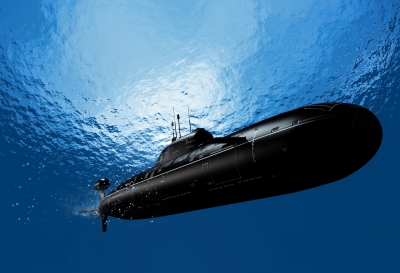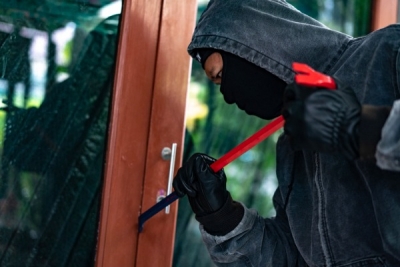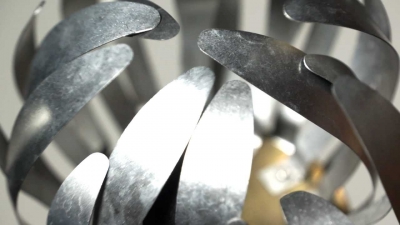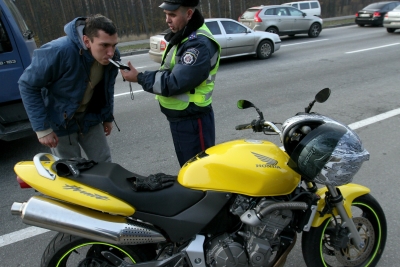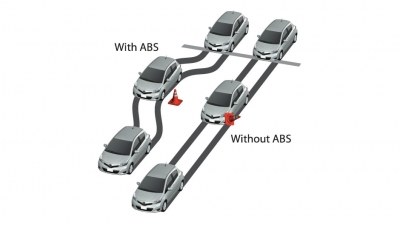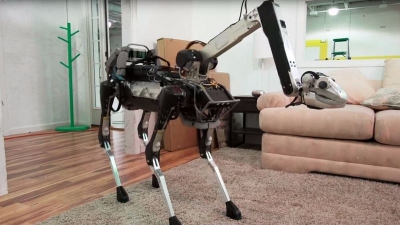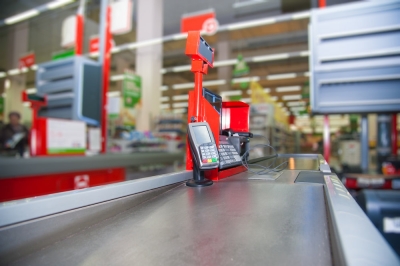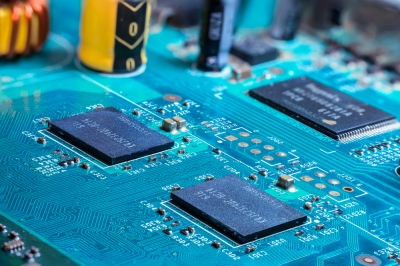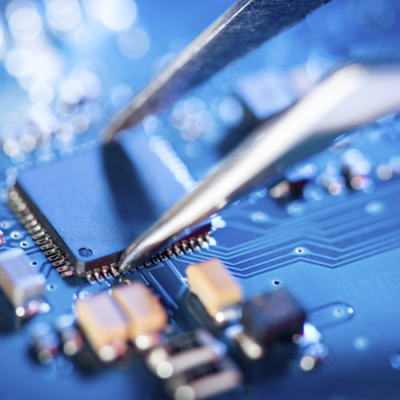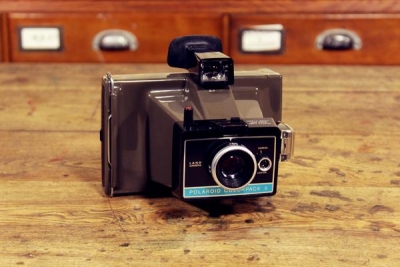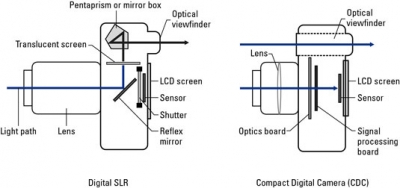Who built the first flying helicopter and when?
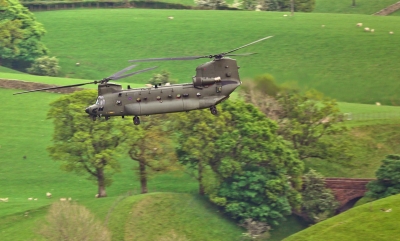
Although the helicopter in its present form is scarcely 50 years old, the principle of the rotary wing has been known for centuries. The Chinese used it some 2500 years ago for their flying top — a stick with propeller-like blades on top which was spun into the air. And Leonardo da Vinci actually sketched a helicopter in 1483. The English flight pioneer Sir George Cayley was among several people to design a model helicopter in the late 1700s, but the first man-carrying helicopter, which rose a few feet in the air, was not built until 1907 — by a Frenchman, Paul Cornu, at Lisieux. Problems with stability and other design aspects led to helicopters being abandoned for nearly 30 years in favour of fixed-wing aircraft. Many of the design problems were, however, solved by the Spanish inventor of the autogiro, Don Juan de la Cierva, in 1919. This aircraft had a large rotor that was not driven by the engine but turned freely in the airflow. It could not take off vertically — it had to taxi to get the rotor turning enough to lift it.
Not until 1936 did the German Professor Heinrich Focke, of the Focke-Wulf Company, design a practical helicopter with twin rotors. Three years later a Russian-born engineer, Igor Sikorsky, produced a successful single-rotor helicopter, the VS-300, in the USA. This was the true ancestor of the modern rotorcraft — the most versatile of aircraft.
The development of jet engines in the 1950s led to the adoption of turboshaft engines that have considerably increased the range and speeds possible. Today the helicopter is invaluable not only as a military transport, hedge-hopping patrol plane and sky crane — for lifting steeples onto churches, for example — but also for rescuing people from remote mountainsides, sinking ships and burning buildings.
Picture Credit : Google
